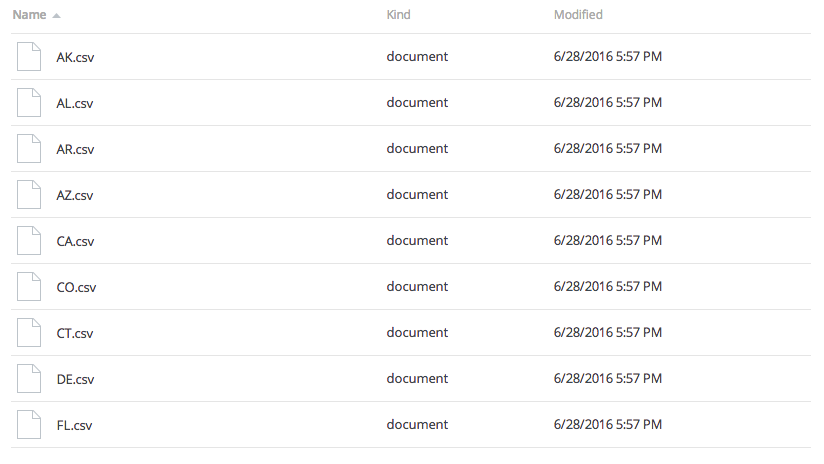If you follow me on Twitter, you’ve probably gleaned how I feel about Gamergate. I’m not even going to attempt to summarize it—this covers it pretty well.
When 4chan started banning every Gamergate-related thread from its videogame forum, the infuriated gamers fled to 8chan (aka ∞chan), a year-old spinoff with its own unique origin story. Gamergate was welcomed with open arms. (I’m guessing Moot wasn’t heartbroken to lose their business.)
So, I know this is a cheap thrill, but I find it incredibly satisfying to read threads on 8chan from Gamergate supporters mourning all their fallen heroes.
We got a taste of this early on with the ultra-savvy geek icons like Joss Whedon and Tim Schafer coming out publicly in support of Anita Sarkeesian, followed by waves of rage and hand-wringing.
But as Gamergate continues to grow, and its accompanying campaign of harassment escalates, more and more artists, writers, and critics are publicly taking a stand against it.
That’s led to a lot of disappointment and frustration from pro-Gamergate supporters mourning the betrayal of their heroes, as they disappear one by one into their Social Justice blacklists.
For someone who’s sick of the abuse, these 8chan threads are pure schadenfreude:
One: https://archive.today/JASOw
Two: https://archive.today/xnFKy
Among the fallen heroes mentioned: Patton Oswalt, Seth Rogen, Felicia Day, William Gibson, Tim Schafer, cartoonist Mariel Cartwright, Joss Whedon, writer Greg Rucka, Wil Wheaton, writer Jim Sterling, John Scalzi, Adam Sessler, Jon Stewart, and the creators of Raspberry Pi, who came out forcefully against #gamergate.
When prompted for alternatives to their lost idols, a handful of names are mentioned, but only those who have remained silent on the issue. Their best hope is that the silent are secretly on their side, since nobody else creating stuff seems to be. They mention Giant Bomb’s Jeff Gerstmann, and the artists behind the Oglaf and Nedroid comics as possible supporters.
I wondered aloud on Twitter if their silence actually meant their support. Anthony from Nedroid immediately replied:
@skinny @waxpancake @Oglaf @jeffgerstmann yes, they are wrong. I don’t support “gamergate” in any way and I think the whole thing is awful.
— Anthony (@nedroid) October 17, 2014
Oglaf’s Trudy Cooper replied later that night:
@nedroid @skinny @waxpancake @jeffgerstmann Completely wrong. I had no idea what "gamergate" was until just now. As if I'd support it, c'mon
— Bodil Bodilson (@Oglaf) October 17, 2014
This morning, Jeff Gerstmann posted a strong statement against Gamergate in an editor’s letter on Giant Bomb:
So when “GamerGate” rose up to cover over a campaign of harassment with a veneer of concern for the ethics of games journalism, it more or less set off every single disgust alarm I have. Though I’m sure some good people have been roped into this mess under this guise, the ethical concern portion of all this is largely a farce, a fallacy.
Cross those three off the idols list, I guess.
Towards the end of the thread, one commenter summed it up, “We have to accept that pretty much the entirety of western society has turned against us and chugged kool-aid like crazy.”
I’ve said it before—creating something new and putting it online is an act of bravery, and it exposes you to a tremendous amount of criticism. At any level of popularity, you deal with kneejerk contrarians, self-entitled fans, and anonymous haters—the bread and butter of the Gamergate movement.
It’s not too surprising that they’re having a hard time winning their heroes over to their side.
@waxpancake One would think the realization that "all my heroes are against me" might lead to some faint flicker of self-reflection.
— Patrick Smith (@Patrick5mith) October 17, 2014



